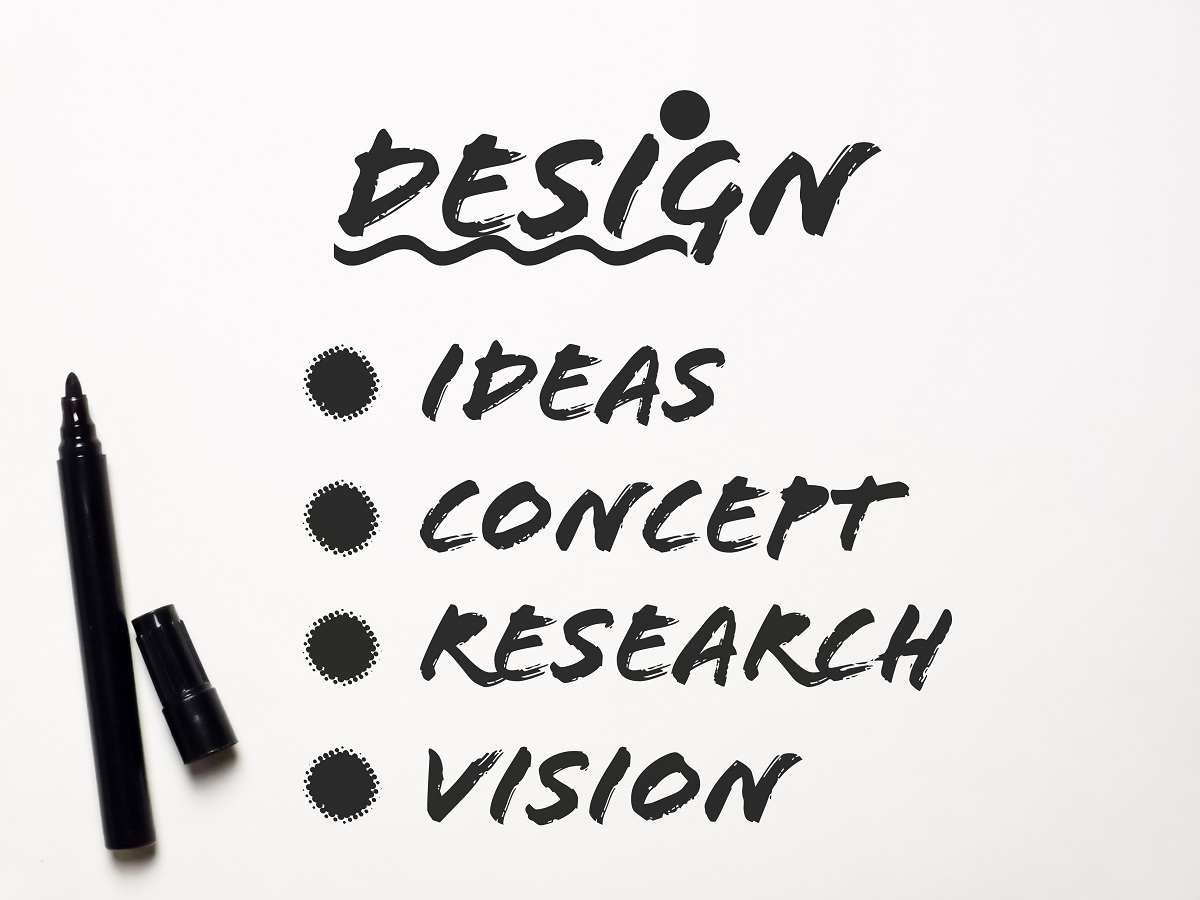Is there anything more gratifying as a business owner than watching your product visions go from an idea to a simple sketch to a tangible, working item? It’s certainly a rewarding experience, but that’s not to say product development is entirely straightforward or stress-free. In fact, it’s not uncommon for someone to go through the effort of engineering a product only to discover after the fact that the design’s functionality is partially or completely ineffective. Of course, this is a huge issue that can negatively impact sales which is why it’s important to catch and adjust these design flaws ahead of time.
If your business is struggling to perfect the functionality of its product design, keep reading to discover what industrial design companies do to resolve this common problem and ensure you’re outputting the best product possible.
Defining Functionality
Simply defined, functionality refers to the working components of a product’s design-build. Ideally, every product has an objective and its functionality is the way in which it is being met. In cases where a product’s design is fulfilling its goal as intended, then the product is considered to have high functionality and a successful design-build. For instance, a soap dispenser is meant to, quite literally, dispense soap. To make the product function, a designer will typically install a pump that is fitted with several other mechanisms in order to pull liquid out of the bottle. If a user can push down on the pump to disburse the soap, then we can infer the design-build of the product is effective and has high functionality.
That being said, the process of perfecting functionality is quite cumbersome in some cases, especially for products with a complex design-build. It can take a great deal of effort as well as trial and error to engineer a highly functional and efficient piece of technology, making it fairly easy to encounter design flaws that impair its functionality. Of course, this is rather frustrating for business owners who want nothing more than to introduce their ideas to the market and have an impact on the lives of their customers with their brilliant products. Luckily, industrial design companies have the answer to preventing and resolving functionality issues, and it all lies in ideation and prototyping.
How to Avoid Functionality Flaws
Aided by a well-organized and thorough product development process, it is entirely possible to manufacture a product that successfully works without issues. Specifically, the stages of this process that can help eliminate design flaws and improve your design-build occur during ideation and prototyping. When done correctly, these two steps can help bring your vision to life as intended.
What is Ideation
In the world of product design, ideation is the exploration stage. During this step, designers will investigate all of their potential design options for the product in question. Using hand sketches and 2D renderings, designers will thoroughly analyze every aspect of their designs, including its configurations and mechanisms. The overall goal of ideation is to find the best possible design-build for a product, both in terms of its function and aesthetics. For this reason, this stage is a prime opportunity to prevent future functionality issues as designers use their renderings to exhaustively inspect the mechanical workings of the product. In the case that a designer finds a sketch to have a design flaw that could potentially cause problems with functionality, fixing it is as simple as altering the drawing.
What is Prototyping
Once designers have settled on a sketch and have drafted the correct CAD files, it’s time to move on to prototyping. This step presents another chance to uncover any underlying technical issues that were previously overlooked as the entire objective of prototyping is to test the functionality of a design. Here, several versions of a product will be manufactured using a variety of methods, including welding, CNCing, 3D printing, and much more. Once the different prototypes are finished, designers can then physically view and use the product to evaluate its efficiency and expose any flaws. If a prototype’s design-build is deemed ineffective during this stage, depending on its severity or the type of functionality issue, designers can either adjust the CAD files accordingly, use a different material and production method, or return back to ideation to brainstorm an entirely new design plan. Once designers are happy with the way a prototype works, the design-build is officially finalized and your product is ready to be mass-produced.
Hire an Industrial Design Company to Handle Your Ideation And Prototyping
Without a doubt, an immense amount of work goes into creating a successful and functioning product. At its foundation is an impeccable design-build that designers spent countless hours on to ensure it will consistently fulfill its promise and execute its function. For this reason, you may want to outsource this work to skilled and experienced industrial design companies in California, like our team at Design Stein Studios. We understand how the quality of your products can affect your business’s profitability, which is why we strive to deliver the best possible design-build for your product ideas. In doing so, our designers conduct numerous usability tests to ensure its mechanisms are working properly and the device performs as expected.
If you’re interested in improving your design build’s functionality, give Design Stein Studios a call at (714) 375-4846 to schedule a consultation regarding our industrial design services today.

